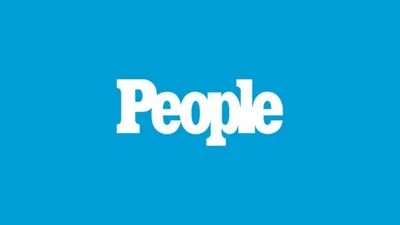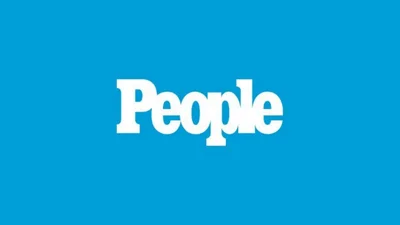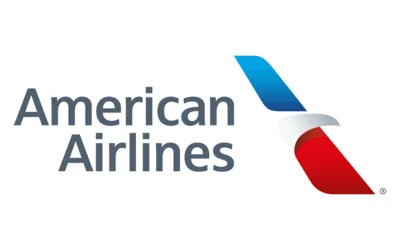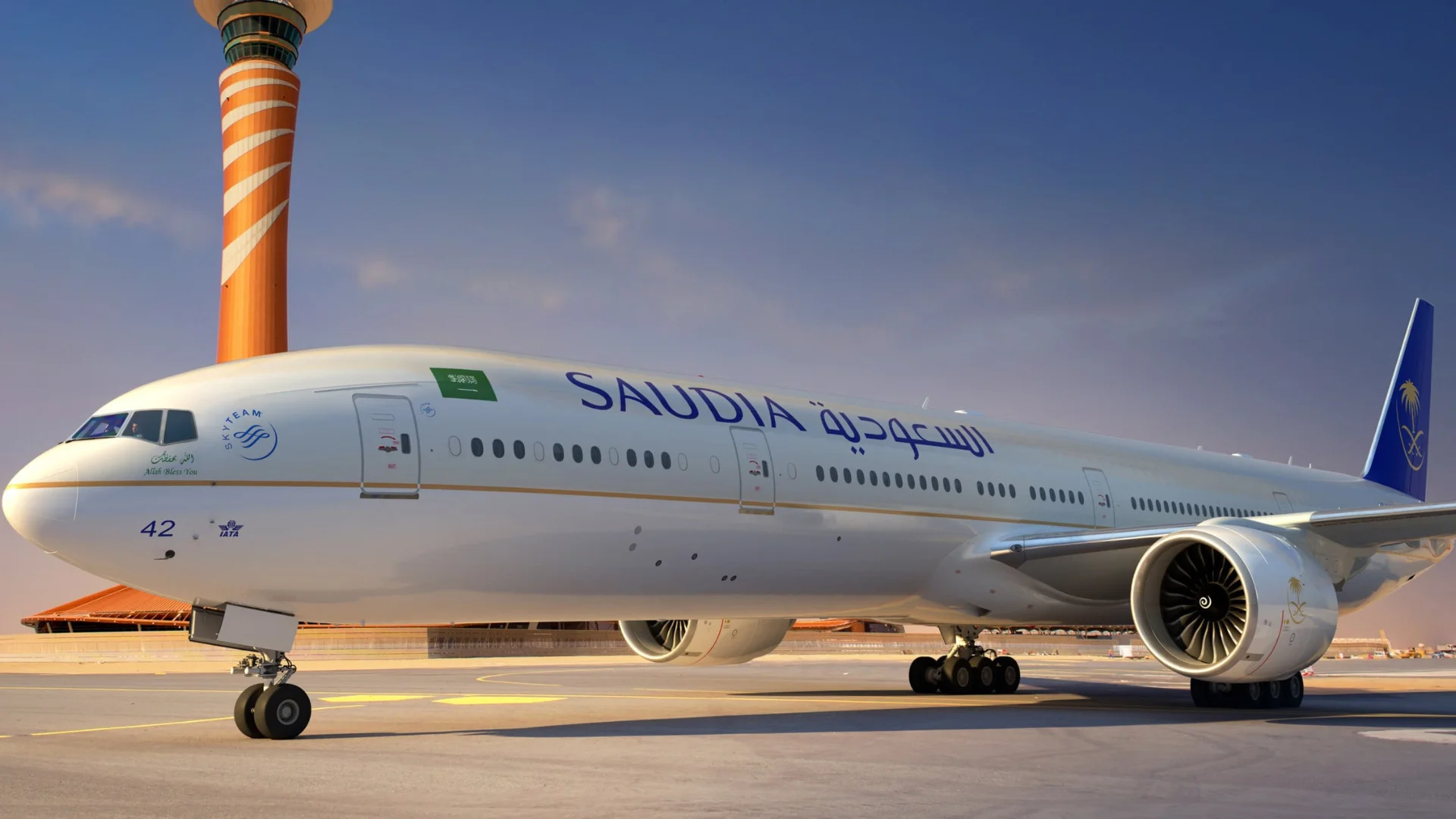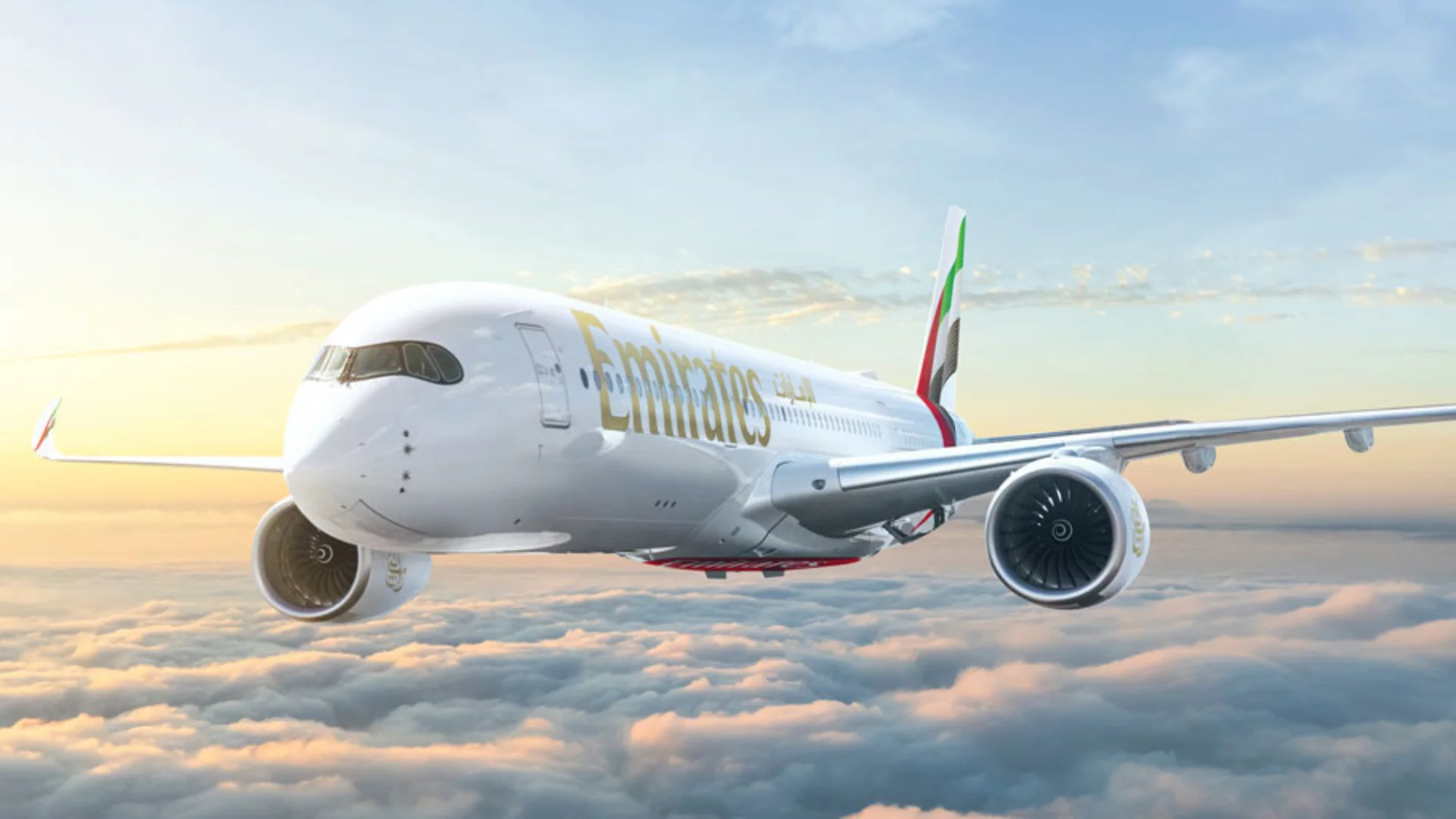Of all the decisions an airline has to make, determining its fleet mix is crucial. The choice of aircraft impacts various operational aspects such as route networks, flight frequencies, cabin classes, and fare prices. This decision-making process involves extensive analysis and risk assessment as airlines weigh the advantages and disadvantages of different aircraft models.
The process of selecting aircraft for a fleet is complex and interconnected with other strategic business decisions like route choices and fare structures. Fleet commonality plays a significant role by allowing airlines to benefit from economies of scale in maintenance and pilot training.
Aircraft manufacturers design their planes with market needs in mind, often consulting directly with airlines during development. Aircraft are generally categorized into narrowbody for short to medium-haul flights and widebody for longer routes. However, there are many variables within these categories. For instance, Airbus's A330neo typically seats fewer than 290 passengers with a range of 6,550 NM (12,130 km), while the A350-900 accommodates around 325 passengers with a maximum range of 8,100 NM (15,000 km).
 Alerts Sign-up
Alerts Sign-up
